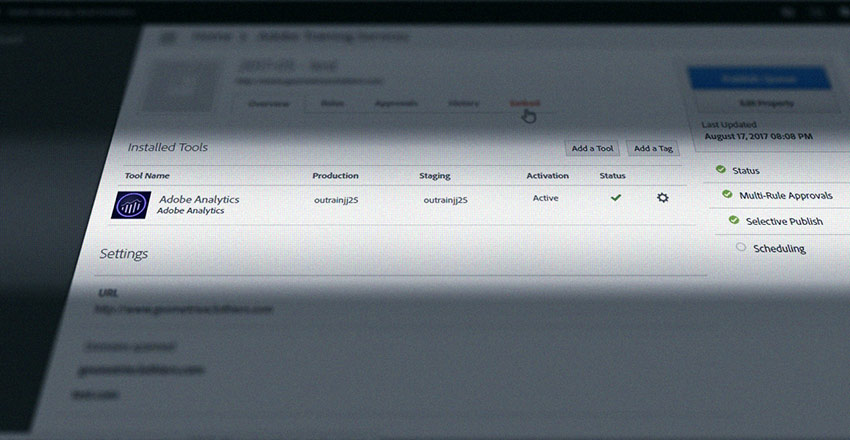Remember the last time you clicked on a website and waited. That’s right. You sat there for a few seconds before giving up, just like everyone else does. I can almost guarantee that business lost not only your visit but probably hundreds of others that same day. Developers do not obsess over website speed as a technical metric. It is the thin line between a visitor turning into a customer or bouncing off to your competitor. That is where this whole CDN versus traditional hosting conversation becomes more than just tech jargon.

Alright, if you’ve been following the digital world lately, you may have heard the term “progressive web apps” mentioned a few times. Perhaps the term came up at a networking event you attended. Perhaps it was mentioned in a LinkedIn post that you quickly glanced at. Like many small business owners, you were undoubtedly thinking, “Wonderful.” One more tech jargon term. The problem is that progressive web apps are more than just a fad. In actuality, they are changing how companies view their internet presence. And you should be mindful of that. What is this trend all about, then? Do you continue to use the traditional website or is it time to make the switch to a PWA? Well, let’s just keep things simple and omit all the fancy words.

Now, let’s talk about something that is currently receiving a lot of attention in the web development community: Headless WordPress. Sounds rather creepy, doesn’t it? Ideas with a title like this belong in a horror movie! Rest assured, only WordPress itself is at risk here. And the whole point is to lose that head! After all, the whole idea is to separate the “head” from the “body,” giving you a flexible backend while letting a modern frontend framework take the lead. If you’re wondering whether headless WordPress development could be suitable for your business, you are not alone in considering this potentially untapped opportunity.

Whether you are starting a new business and need a website for it, or have an existing business and wish to improve or even replace your current site, unless you are a website developer, you will need to employ a website development company to do the work. If you do some research you will see there are literally hundreds of them out there. Some of these will be one-man or woman operations, whereby the person designs and develops websites on a freelance basis. Whilst many of them are excellent at what they do, and can often design a very impressive website, they are not what most businesses need. They usually cannot back up the design with elements relating to SEO or conversion, for the simple reason that they specialise only in design. For a more comprehensive service that can not only design your website but also ensure it has every chance of ranking and converting well, you need the services of a website development company. One huge benefit they have is a team with all the skills required to ensure that every necessary element is optimised. Such a company will also be more able to offer you continued support after the website has gone live to implement any updates that are necessary.

Adobe recently introduced Dynamic Tag Management, within the Adobe Marketing Cloud, as a comprehensive tag management solution. Since it is so young, there obviously are plenty of questions about what exactly it can or cannot do, what features have been incorporated in it, and how it can help marketers develop better digital measurement strategies. This article will attempt to answer all those questions and more. 1. What is Dynamic Tag Management? Dynamic Tag Management is the revolutionary solution introduced by Adobe, as part of its Adobe Marketing Cloud. It allows marketers to manage tags quicker and more easily, considerably facilitating the process of tagging web properties. It offers to companies the opportunity to thrive in the incredibly fast paced digital marketplace today. 2. What are the features offered by Dynamic Tag Management? Adobe has included a variety of user friendly features in Dynamic Tag Management that are highly beneficial to partners, customers, and prospects. They include a site-centric user interface instead of a tag-centric one, robust process and workflow management, unmatched rule driven data collection, built-in collaborative tools, and a lightweight meta-based library, in addition to the ability to manage multiple sites and to host anywhere.








